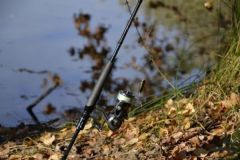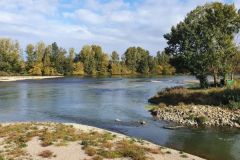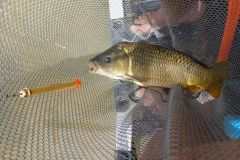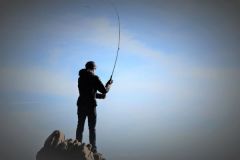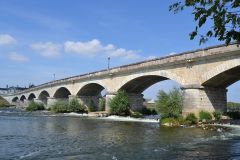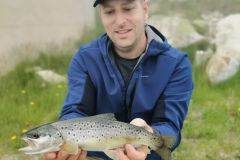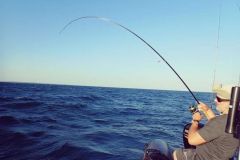In lightly fished environments, fish are active on a regular basis, so it's easy to make a success of your outings. On the other hand, where fishing pressure is high, peaks of activity will often be very short and localized. They will often depend on very specific factors, such as light, time of day and weather.
The wind is often a determining factor in the success of our outings, as it can trigger the activity of predators for a variety of reasons, which we will try to understand. In addition, wind direction can help us determine where to locate the fish and thus guide our strategy.
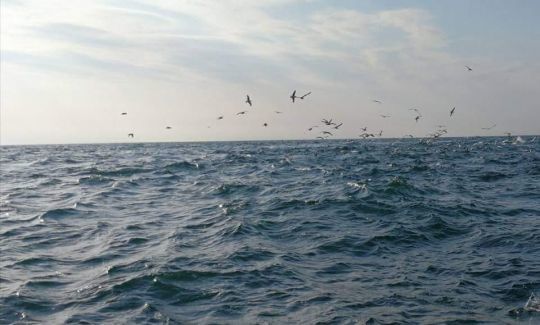
Water oxygenation
By stirring the water's surface and sometimes even creating a swell or surface current, the wind mixes the ambient air with the water, oxygenating it. The wind thus boosts the rate of oxygen dissolution in the water. This rate peaks at around 14° and drops as the temperature rises... Under these conditions, it's easy to understand that in summer, and particularly when temperatures are high, wind can be a decisive factor in fish activity.
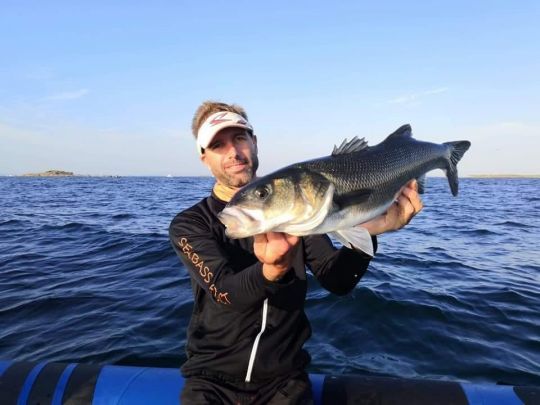
Modification of water temperature
Moreover, when water is stirred by the wind, its temperature varies. If the air is warmer than the water, its temperature will rise, and in winter this can trigger fish activity. Conversely, when the air is cooler than the water, its temperature will drop. If this is an advantage in summer, in winter it will have a negative effect on our results.
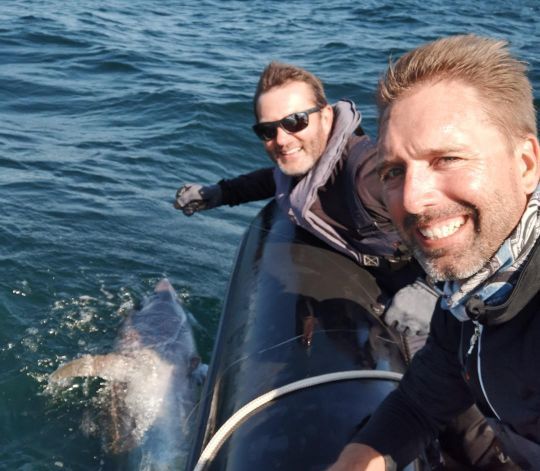
Light diffraction
The effects of wind mixing on the water's surface don't stop at oxygen levels and changes in water temperature. In fact, when the water surface is wrinkled, light is diffracted, i.e. its rays are deflected, and this has the effect of reducing the ambient luminosity of the environment.
This physical phenomenon can trigger the activity of predators, who can take advantage of the lower light levels to surprise and capture their prey. Particularly when the water is clear, a drop in light caused by the wind or the disappearance of the sun can transform a swimming pool into a veritable fish farm.
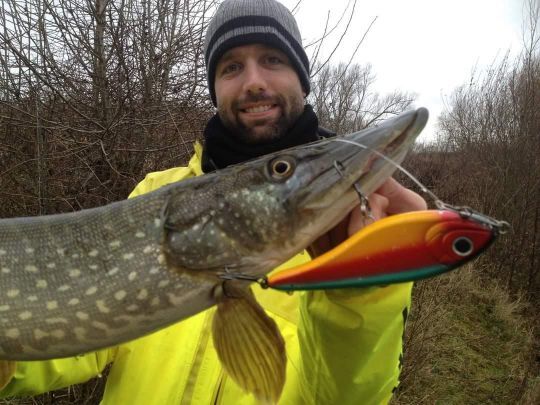
Creation of a food chain at the edge
Finally, when the water is stirred up by the wind and waves are formed, they hit the bank. Not only does this disturb the water by suspending particles of earth or silt, it also stirs up food particles (larvae, worms, plankton, etc.) which small fish will inevitably come to feed on... Predators follow logically behind. The wind thus creates a local, ephemeral food chain that must be understood to locate the fish and capture them.
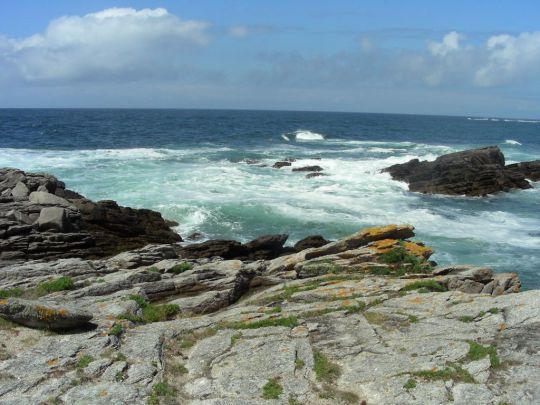
The exposed bank
So, in the vast majority of cases, the bank exposed to the wind is clearly superior to the other, and this is the one you should prospect first.
Especially in mid-winter, when the wind is particularly cold, you may find that your activity takes place in sheltered, sunny areas. But never forget, when you arrive on a stretch of water, to observe the wind direction, especially if it has been established for several days, to define your course.







